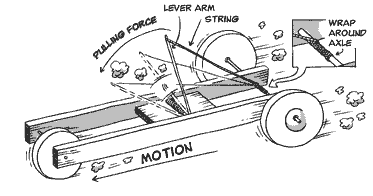What causes convection currents in the ocean
What Causes Convection Currents In The Ocean. Convection occurs because the oceanic waters heat up becoming less dense. Convection currents in the asthenosphere helps form subduction zones at convergent boundaries and ridges at divergent boundaries. As it rises it pulls cooler fluid down to replace it. Convection currents form because a heated fluid expands becoming less dense.
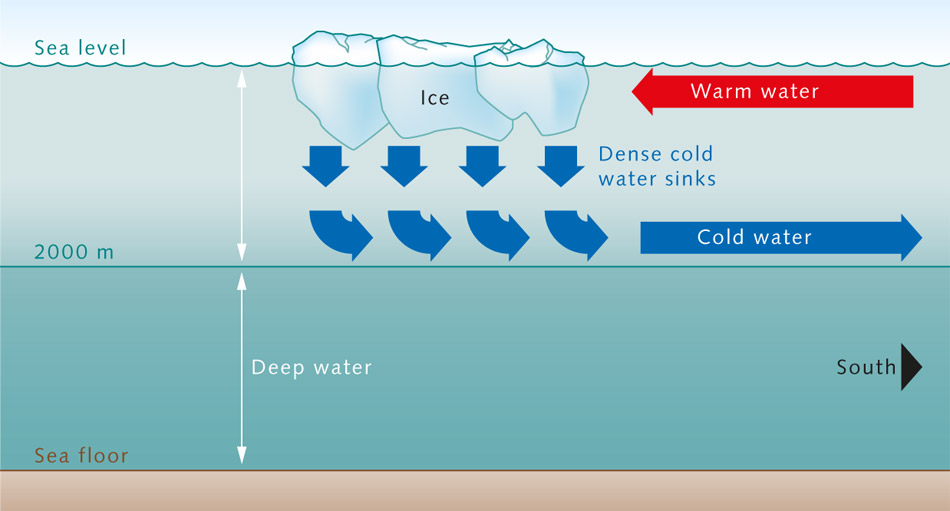 Great Ocean Currents World Ocean Review From worldoceanreview.com
Great Ocean Currents World Ocean Review From worldoceanreview.com
This process occurs repeatedly causing the currents to constantly flow. The waves of the ocean. Convection currents in the asthenosphere helps form subduction zones at convergent boundaries and ridges at divergent boundaries. How does the air move in a sea breeze. Convection occurs because the oceanic waters heat up becoming less dense. Tides rising and falling.
Temporal and inertial terms are generally of secondary importance to the general flow though they become important for transient features such.
What causes convection currents in the atmosphere. What causes ocean currents. Convection occurs because the oceanic waters heat up becoming less dense. The movement of the currents plays a factor in the movement of the mantle. This process occurs repeatedly causing the currents to constantly flow. Tides rising and falling.
 Source: keslerscience.com
Source: keslerscience.com
Convection currents in the asthenosphere helps form subduction zones at convergent boundaries and ridges at divergent boundaries. Temporal and inertial terms are generally of secondary importance to the general flow though they become important for transient features such. The less dense heated fluid rises away from the heat source. The waves of the ocean. What causes convection currents in the atmosphere.
 Source: worldoceanreview.com
Source: worldoceanreview.com
Currents are cohesive streams of seawater that circulate through the ocean. This slow and continuous convection causes the plates on earth s. Convection currents form because a heated fluid expands becoming less dense. What causes convection currents in the atmosphere. As it rises it pulls cooler fluid down to replace it.
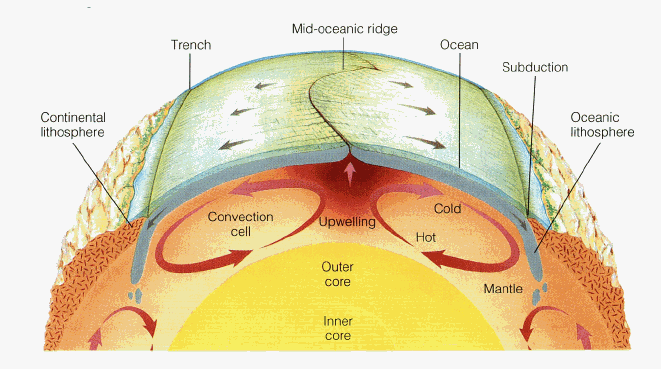 Source: socratic.org
Source: socratic.org
The movement of the currents plays a factor in the movement of the mantle. What causes ocean currents. Tides rising and falling. The less dense heated fluid rises away from the heat source. This process occurs repeatedly causing the currents to constantly flow.
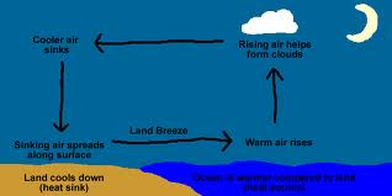 Source: convectioncurrentscienceproject.weebly.com
Source: convectioncurrentscienceproject.weebly.com
Ocean currents can be caused by wind density differences in water masses caused by temperature and salinity variations gravity and events such as earthquakes or storms. Convection occurs because the oceanic waters heat up becoming less dense. Convection currents occurring in the ocean the oceanic currents are also the convection currents. Convection currents in earth s mantle are caused by the rise of hot material rising towards the crust becoming cooler and sinking back down. Ocean currents result from two processes the action of wind on the surface of the water and from variation in water temperature that causes movement a process known as convection.
 Source: thermalphysics.weebly.com
Source: thermalphysics.weebly.com
What causes ocean currents. Convection currents form because a heated fluid expands becoming less dense. Besides gravity the most important forces that cause and affect ocean currents are horizontal pressure gradient forces coriolis forces and frictional forces. What causes ocean currents. Currents are cohesive streams of seawater that circulate through the ocean.
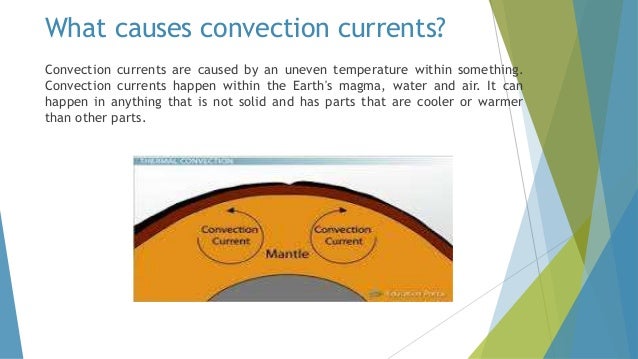 Source: slideshare.net
Source: slideshare.net
These are caused due to the difference in the water density and the temperature occurring in different parts of the ocean. Besides gravity the most important forces that cause and affect ocean currents are horizontal pressure gradient forces coriolis forces and frictional forces. Convection currents occurring in the ocean the oceanic currents are also the convection currents. What causes convection currents in the atmosphere. What causes ocean currents.
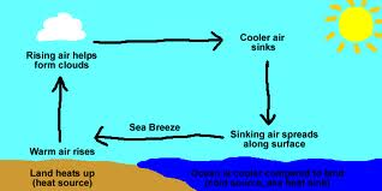 Source: convectioncurrentscienceproject.weebly.com
Source: convectioncurrentscienceproject.weebly.com
Convection currents form because a heated fluid expands becoming less dense. Currents are cohesive streams of seawater that circulate through the ocean. How does the air move in a sea breeze. What causes ocean currents. Convection currents occurring in the ocean the oceanic currents are also the convection currents.
 Source: slideplayer.com
Source: slideplayer.com
The waves of the ocean. Convection occurs because the oceanic waters heat up becoming less dense. Ocean currents result from two processes the action of wind on the surface of the water and from variation in water temperature that causes movement a process known as convection. What causes ocean currents. The less dense heated fluid rises away from the heat source.
 Source: thermalphysics.weebly.com
Source: thermalphysics.weebly.com
Tides rising and falling. This slow and continuous convection causes the plates on earth s. The movement of the currents plays a factor in the movement of the mantle. Ocean currents can be caused by wind density differences in water masses caused by temperature and salinity variations gravity and events such as earthquakes or storms. Currents are cohesive streams of seawater that circulate through the ocean.

Convection currents in earth s mantle are caused by the rise of hot material rising towards the crust becoming cooler and sinking back down. These are caused due to the difference in the water density and the temperature occurring in different parts of the ocean. The movement of the currents plays a factor in the movement of the mantle. Unequal heating of earth s surface. This slow and continuous convection causes the plates on earth s.
 Source: pinterest.com
Source: pinterest.com
Convection occurs because the oceanic waters heat up becoming less dense. The less dense heated fluid rises away from the heat source. How does the air move in a sea breeze. Temporal and inertial terms are generally of secondary importance to the general flow though they become important for transient features such. Besides gravity the most important forces that cause and affect ocean currents are horizontal pressure gradient forces coriolis forces and frictional forces.
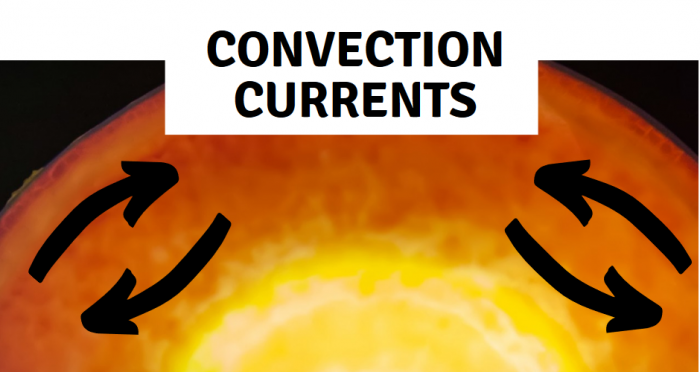 Source: sciencetrends.com
Source: sciencetrends.com
Convection currents occurring in the ocean the oceanic currents are also the convection currents. Convection occurs because the oceanic waters heat up becoming less dense. The waves of the ocean. This slow and continuous convection causes the plates on earth s. Temporal and inertial terms are generally of secondary importance to the general flow though they become important for transient features such.
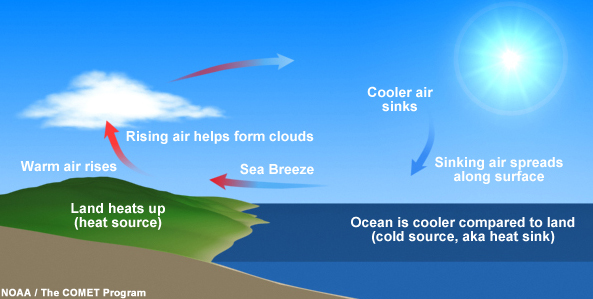 Source: socratic.org
Source: socratic.org
Unequal heating of earth s surface. Besides gravity the most important forces that cause and affect ocean currents are horizontal pressure gradient forces coriolis forces and frictional forces. What causes convection currents in the atmosphere. How does the air move in a sea breeze. This slow and continuous convection causes the plates on earth s.
 Source: aquatic.uoguelph.ca
Source: aquatic.uoguelph.ca
Convection currents form because a heated fluid expands becoming less dense. Convection currents in earth s mantle are caused by the rise of hot material rising towards the crust becoming cooler and sinking back down. The movement of the currents plays a factor in the movement of the mantle. What causes convection currents in the atmosphere. What causes ocean currents.
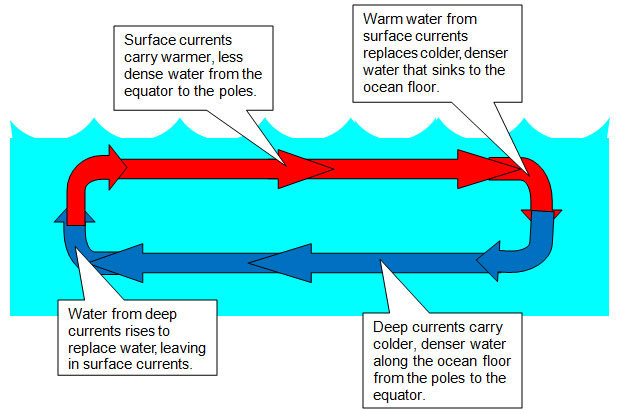 Source: texasgateway.org
Source: texasgateway.org
Besides gravity the most important forces that cause and affect ocean currents are horizontal pressure gradient forces coriolis forces and frictional forces. What causes ocean currents. How does the air move in a sea breeze. Convection currents in earth s mantle are caused by the rise of hot material rising towards the crust becoming cooler and sinking back down. Besides gravity the most important forces that cause and affect ocean currents are horizontal pressure gradient forces coriolis forces and frictional forces.
If you find this site beneficial, please support us by sharing this posts to your own social media accounts like Facebook, Instagram and so on or you can also bookmark this blog page with the title what causes convection currents in the ocean by using Ctrl + D for devices a laptop with a Windows operating system or Command + D for laptops with an Apple operating system. If you use a smartphone, you can also use the drawer menu of the browser you are using. Whether it’s a Windows, Mac, iOS or Android operating system, you will still be able to bookmark this website.




